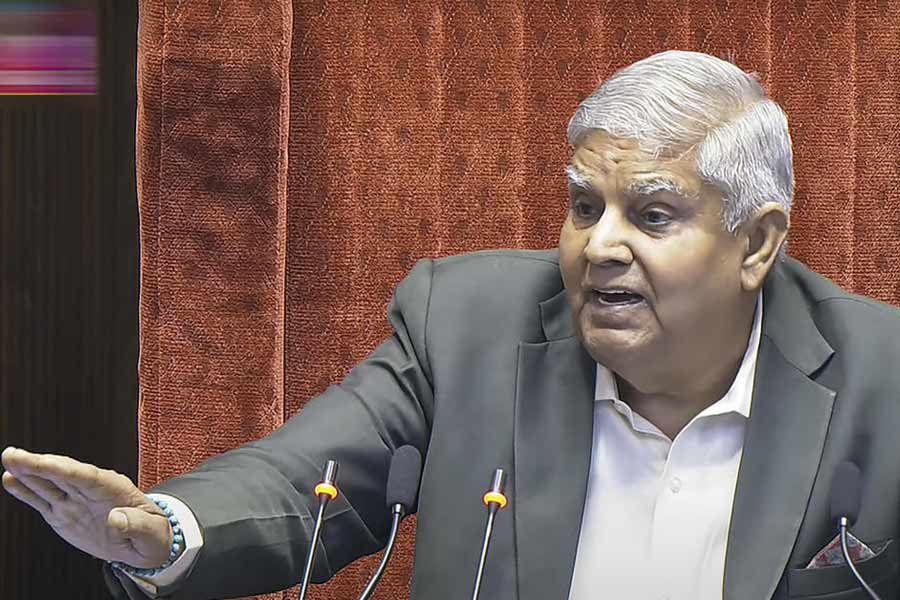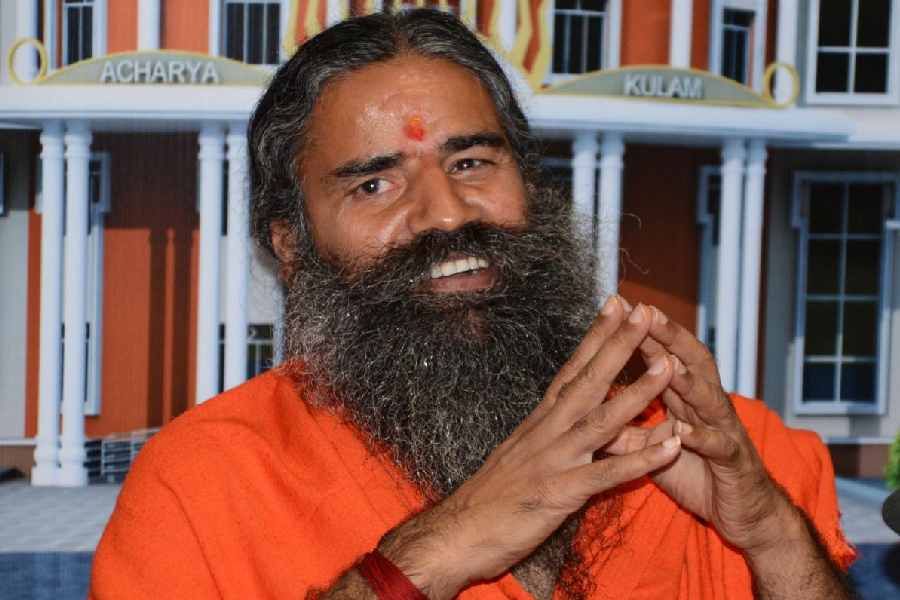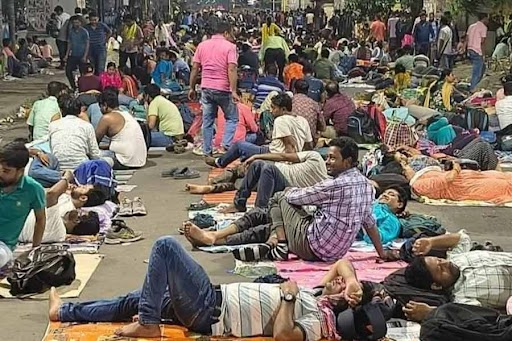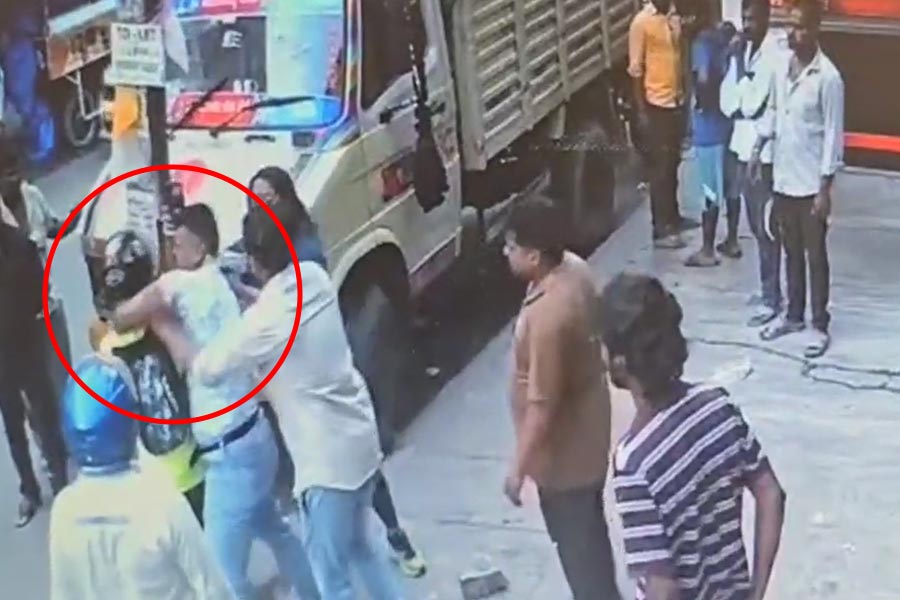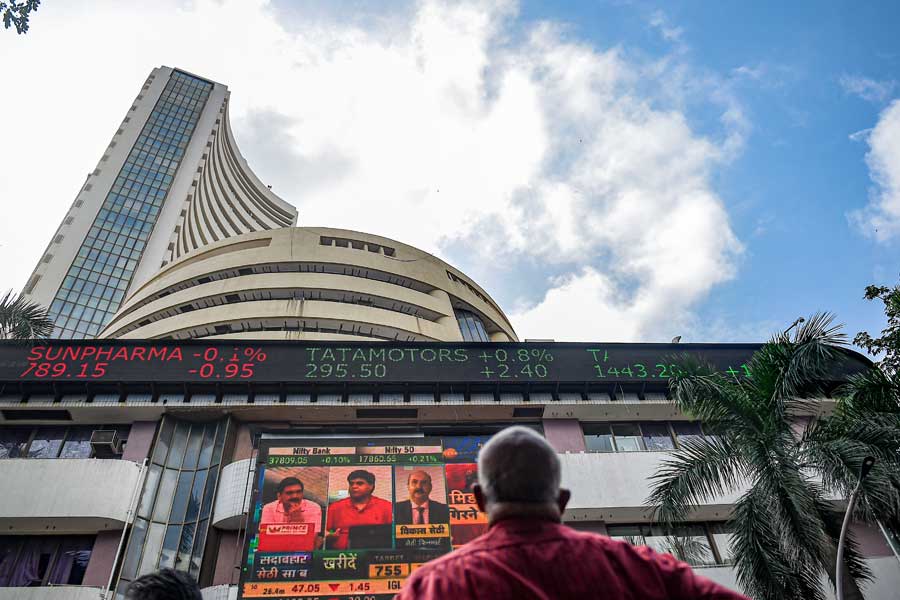
"Museums," wrote Proust in an essay, "are houses that only shelter thoughts." Proust is referring here primarily to the thoughts embodied in the works displayed and stored in museums. But what about the visitors who look at these works? In what sense do they embody thought as well? What is the relationship between looking and thinking inside a museum of art? How does the viewing of art in public spaces coexist with other forms of social behaviour? In what sense is this experience of being in a museum 'public', or what happens to the 'private' thoughts of individual viewers when they jostle against one another in front of a work of art (the same could be asked of the cinema)? What happens to looking when it becomes a collective experience? These are questions that linger in the mind while looking at the ravishing photographs by the German artist, Thomas Struth, collected in MAKING TIME ( Museo Nacional del Prado/Turner, 40 euros).
Struth's career as a student of art began as a painter, with none other than Gerhard Richter as one of his teachers. He then moved on to be one of the most celebrated students of the German photographer couple, Bernd and Hilla Becher, teaching at the Kunstakademie Düsseldorf - the institution from which an entire Western tradition of typological and conceptualist photography has emanated, largely under the influence of the Bechers. Making Time is, therefore, Struth's homage to the painterly or pictorialist origins of a certain school of modern photography. It shows, among other things, how photographic realism has, at its roots and at its best, the brilliantly inventive and sophisticated play of illusion and reality that produced the masterpieces of Renaissance and Baroque art. At the core of the canon depicted by Struth is Velázquez's Las Meninas, of course, and the magnificent room in the Prado where it hangs surrounded by the Spanish master's other portraits of the members of Philip IV's family and court. In the tradition of self-reflexivity brought to a culmination in Las Meninas, the Prado, like some of the other museums of the world where Struth shot his "Museum Photographs" series, had hung these immense photographs next to the works represented in them, setting up a spectacular dialogue between painting, photography and architecture that forms the intellectual foundation of this body of work by Struth.
It is also interesting how, because of the distance from which Struth had to shoot Las Meninas, Velázquez's hyperrealism and Struth's sharpness of focus as a photographer become indistinguishable from one another, although, in actuality, Velázquez's proto-Impressionistic brushwork, when viewed closely, has an entirely different visual texture and surface from Struth's large-format photographs. This shows how our notions of painterly realism are created by photography, just as photography derives its pictorialism from painting.


